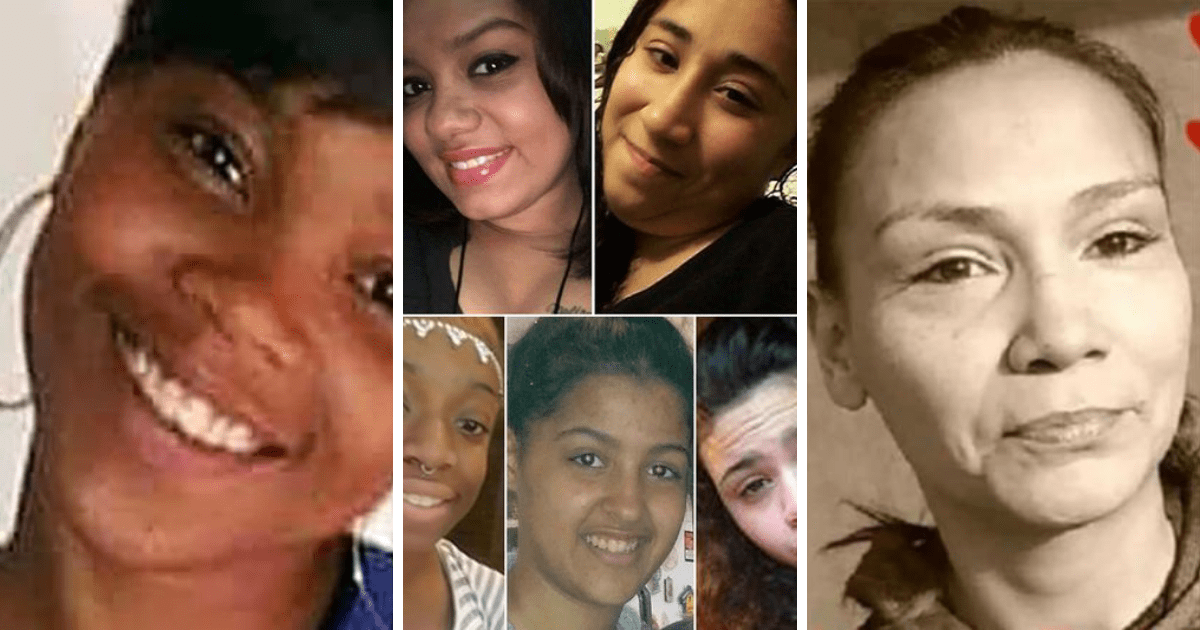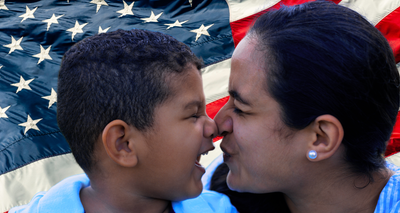The disappearance of a fresh faced 22-year old aspiring ‘van life’ influencer Gabby Petito triggered a national outcry. Gabby Petito was also the quintessential all-American white woman. While there is nothing wrong with having empathy for the case of Gabby Petito, it questions the national news coverage prioritization of a missing young white woman in a state of Wyoming where hundreds of missing indigenous women and girls have had little to zero media coverage. The media has a persistent ‘missing white woman syndrome’.
Mainstream news and local officials have been on overdrive in the state of Wyoming, Grand Teton National Park on the search for Gabby Petito who had been reported missing since September 11, 2021. As noted by eyewitnesses and troubling video footage, Gabby’s suspicious vanishing is believed to be linked to her at-risk, potentially toxic relationship with her fiancé.
Sadly for the Petito family and friends, the search came to an end on Tuesday September 21 when local authorities identified a body in the search believed to be that of Gabby Petito. An autopsy confirmed that it was Gabby Petito’s body and preliminary findings pointed to death by homicide. Petito’s fiancé is believed to be a suspect and law enforcement officers are on the hunt for him.
Missing White Woman Syndrome
During peak national racial tension and the Black Lives Matter movement underway, white woman tears virality made it on the radar of mainstream media and into our households. The call out of white womens’ bad behavior by the use of slang terms ‘Karens’ or ‘BBQ Beckys’ became the much-needed entertainment and satisfaction in our social media feeds at that time. Media covered the stories of white women then and user-generated content took on a life of its own.
Media and news coverage delivered the essential BLM stories of racism and injustice too. Trending or not – we learned of the attacks on Black, Latinx, Asian and other people of color across the nation. The whole nation was or still is on fire over race and identity.
What has existed in insidious ways in how the media works, for or against, its historic racism since colonial times. Early media had been complicit with slave trade advertisements, reporting of crimes committed by people of color and of course, false and damaging narratives. You can read more of the harms of media through a timeline researched by Media 2070 an organization working to create discourse and ‘dreaming up’ media reparations to the Black and brown community.
So has anything really changed with race and media coverage? Is ‘Missing White Woman Syndrome’( at no fault of missing white women) but a media created construct of racism/discrimination? What we have at the root level, is a problem with the news teams that prioritize and push the stories that they believe matter more.
View this post on Instagram
The Lack of Diversity In Newsrooms
Black and brown journalists, tv reporters and staffers are missing from today’s media newsrooms. A lack of representation from Black and Latino communities in newsrooms means that perspectives, research and stories will never make the pitch meetings and newsroom beats. Rep. Joaquin Castro, D-Texas, recently spoke at an in-person event National Press Club Newsmaker about the lack of representation of Latinos in Hollywood and media – book publishing and journalism included. In 2019, about 8% of newspaper and publishing staff were of Hispanic origins, according to the GAO (Government Accountability Office)/Source: Axios Latino.
The prioritization of Gabby Prieto’s case had not gone without notice by Black, Latina, Indigenous and other women of color television and news feed watchers. Advocates alike of missing Black, Indigenous and Latinas took to social media by the thousands to call out the media and bring attention to missing women of color. Joy Reid, host of MSNBC’s ‘ReidOut’ was one of the first to call out her own industry for the obvious ‘white woman missing syndrome’ on display.
Has the U.S. audience an obsession, captivated by missing white women, in general? We saw this with the cases of missing and murder cases of Lacy Peterson, Jon Benet Ramsey, Elizabeth Smart and Jaycee Dugart. The stories of these women have further been amplified for visibility by monetized television series and movies. As incredible and horrific their stories are, not one case of a woman of color is known.
The Racial Disparity of Missing Women In The United States
As the disappearance and homicide of Gabby Petito ran non-stop across every newspaper front page and made the national syndicated news feeds, the rates of missing Indigenous women or Native women specifically in the state of Wyoming came to light. There are over 700 missing girls in Wyoming alone – – not a single case made the mainstream news cycle.
Nationally it is unknown and exact on how many missing Indigenous/Native women and girls are missing as no centralized database keeps track of data, however this report came to surface and stated more than 23o0 Indigenous women and girls have been killed or vanished in the past 40 years.
According to the Coalition to Stop Violence Against Native Women, 4 out of 5 Native women are affected by violence. Violence against indigenous people has been a crisis and programs or lack thereof are severely underfunded by the US government. When former New Mexico congresswoman now U.S. Secretary of the Interior Deb Haaland (the first Native American) came into office, she formed the MMU (Murdered and Missing Unit) this year of 2021. To date not a single, consistent and regularly updated database to track missing indigenous women exists – – – the hope that this will change.
Earlier this year of 2021, Minnesota became the first state to form a task force on missing and murdered African American girls based on the astounding stat of 64,000 missing Black women and girls in the United States alone. Rep. Ruth Richardson who created the bill will also lead the task force.
According to the website of Black and Missing Foundation, a non-profit organization whose mission is to bring awareness to missing persons of color – and siting data from 2020 NCIC MISSING PERSON AND UNIDENTIFIED PERSON STATISTICS (2/4/2021) – – 543,018 persons were reported missing in 2020. 59% white (including Hispanic), 37% minority and 3% unknown. As for Latinas being counted as ‘white’ is debatable but as it stands no single umbrella organization owns or tracks data for missing or vanished Latinas.
Missing women and teens pictured:
Left: Keeshae Jacobs Center: Casside Santiago, Emily Arroyo, Leslie Mann, Mayelin Inoal, Shianne Banza (Bronx Teens Missing) Right: Mary Johnson






